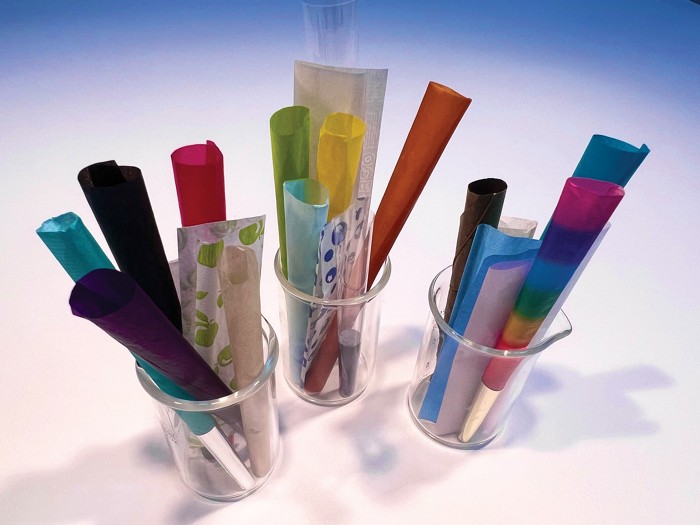Advertisement
Grab your lab coat. Let's get started
Welcome!
Welcome!
Create an account below to get 6 C&EN articles per month, receive newsletters and more - all free.
It seems this is your first time logging in online. Please enter the following information to continue.
As an ACS member you automatically get access to this site. All we need is few more details to create your reading experience.
Not you? Sign in with a different account.
Not you? Sign in with a different account.
ERROR 1
ERROR 1
ERROR 2
ERROR 2
ERROR 2
ERROR 2
ERROR 2
Password and Confirm password must match.
If you have an ACS member number, please enter it here so we can link this account to your membership. (optional)
ERROR 2
ACS values your privacy. By submitting your information, you are gaining access to C&EN and subscribing to our weekly newsletter. We use the information you provide to make your reading experience better, and we will never sell your data to third party members.
Consumer Safety
How researchers found arsenic and lead in tampons
Don’t panic: Scientists are unsure whether the findings indicate a health risk
by Benjamin Plackett, special to C&EN
July 15, 2024

In what researchers say is the “first study of its kind,” arsenic, cadmium, lead and 13 other metals have been detected in tampons sold in the European Union, the US, and the UK. Researchers evaluated a total of 60 name- and store-brand tampon samples—some made from organic cotton and others of nonorganic cotton. All categories showed concentrations of the metals and metalloids (Env. Int. 2024, DOI: 10.1016/j.envint.2024.108849e).
The researchers measured the elevated mean concentration of lead at 120 parts per billion (ppb); cadmium at 6.74 ppb; and arsenic at 2.56 ppb. By comparison, for bottled water, the US Food and Drug Administration imposes an allowable limit of 5 ppb for lead; 5 ppb for cadmium; and 10 ppb for arsenic.
That tampons have 24 times as much lead as the limit for bottled water is potentially concerning, says Jenni Shearston, an environmental epidemiologist at the University of California, Berkeley, and one of the researchers who performed the work.
Studies estimate that as many as 86% people who menstruate in the US use tampons. Continued lead exposure is linked to a number of neurological disorders, renal problems, and cardiovascular issues. And the large number of blood vessels in the vagina means it can easily absorb anything it is exposed to.
“Lead isn’t safe in any concentration, but it’s really important we don’t panic,” she says. “I can’t say that someone should or shouldn’t use a tampon based on our results. We don’t yet know if those metals come out of the tampon and if they do, we don’t know whether they can get into the bloodstream. Our team is continuing to study this.”
Sarah Cady, an analytical chemist at Iowa State University, says that more researchers should now engage with the topic. “Is it scary? Obviously, we should be concerned about heavy metal contamination in things that we put in our bodies,” she says. “But we need follow-up studies to understand if it’s actually a health risk.”
Cady says it’s possible that the metals simply stay trapped within the tampon when inside the vagina. To get their results, Shearston and her colleagues placed the inner and outer components of tampons in a microwave acid digestion system; they then used mass spectrometry to measure the concentration of different metals and metalloids.
Microwave acid digestion is a common method for dissolving and separating heavy metals from other substances, but is quite a harsh process. “They used very concentrated acid to solubilize the metals,” Cady says. “The human body isn’t that acidic.”
Lignin in cotton is also a highly complex structure. “Is the lead tangled up in all that? And in the amount of time that a tampon is in the body, is it able to leach out?” Cady adds. “It’s an important finding to know that there are heavy metals present in tampons, but we really need more data and more information to answer all these questions.”
This is the first study to investigate the metallic content of tampons, says Shearston, who thinks that a degree of sexism is involved in researchers’ reluctance to look at subjects related to menstruation. “We’re a bit squeamish talking about periods and menstrual products, and I think we shouldn’t be,” she says.





Join the conversation
Contact the reporter
Submit a Letter to the Editor for publication
Engage with us on Twitter